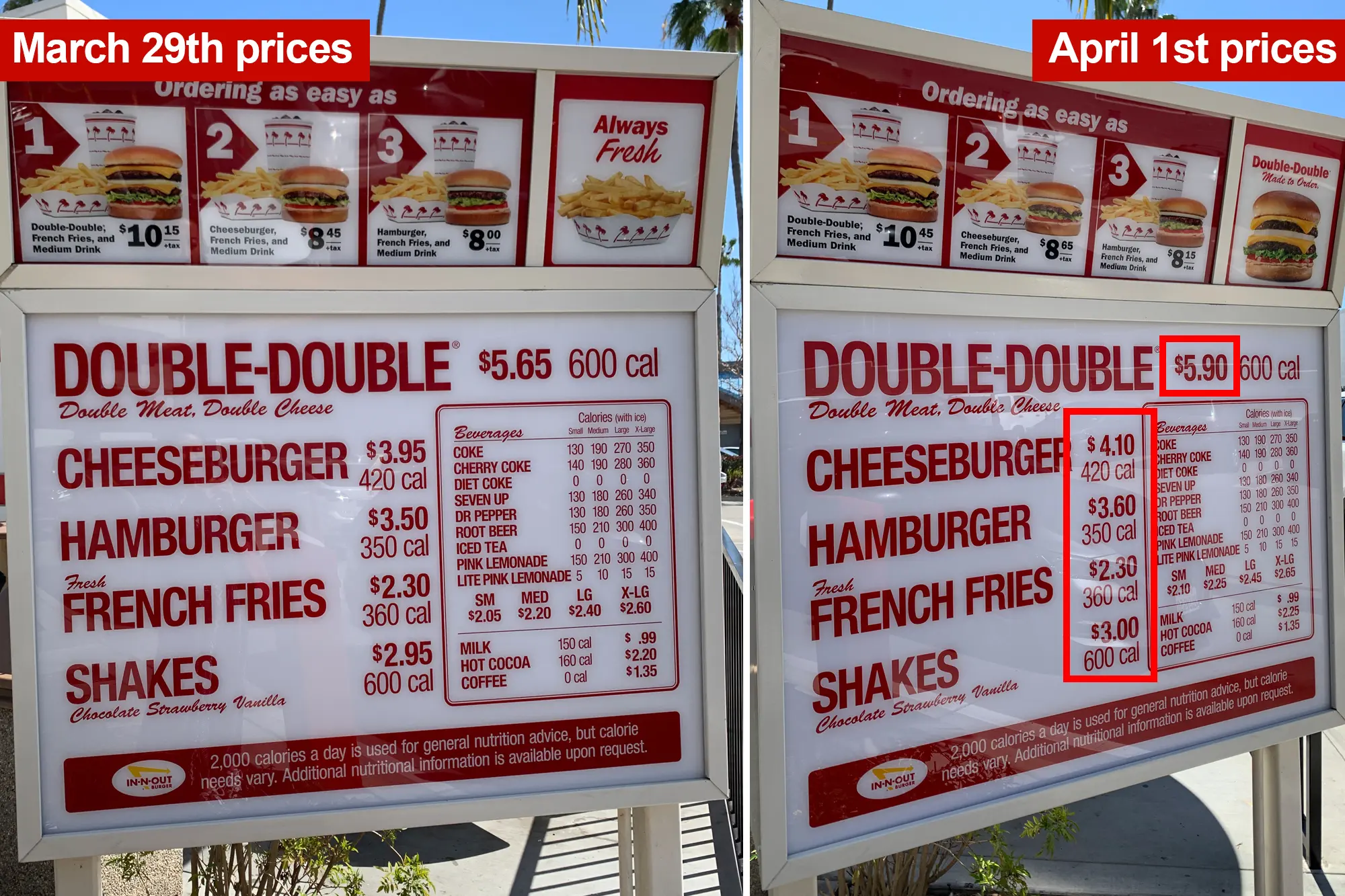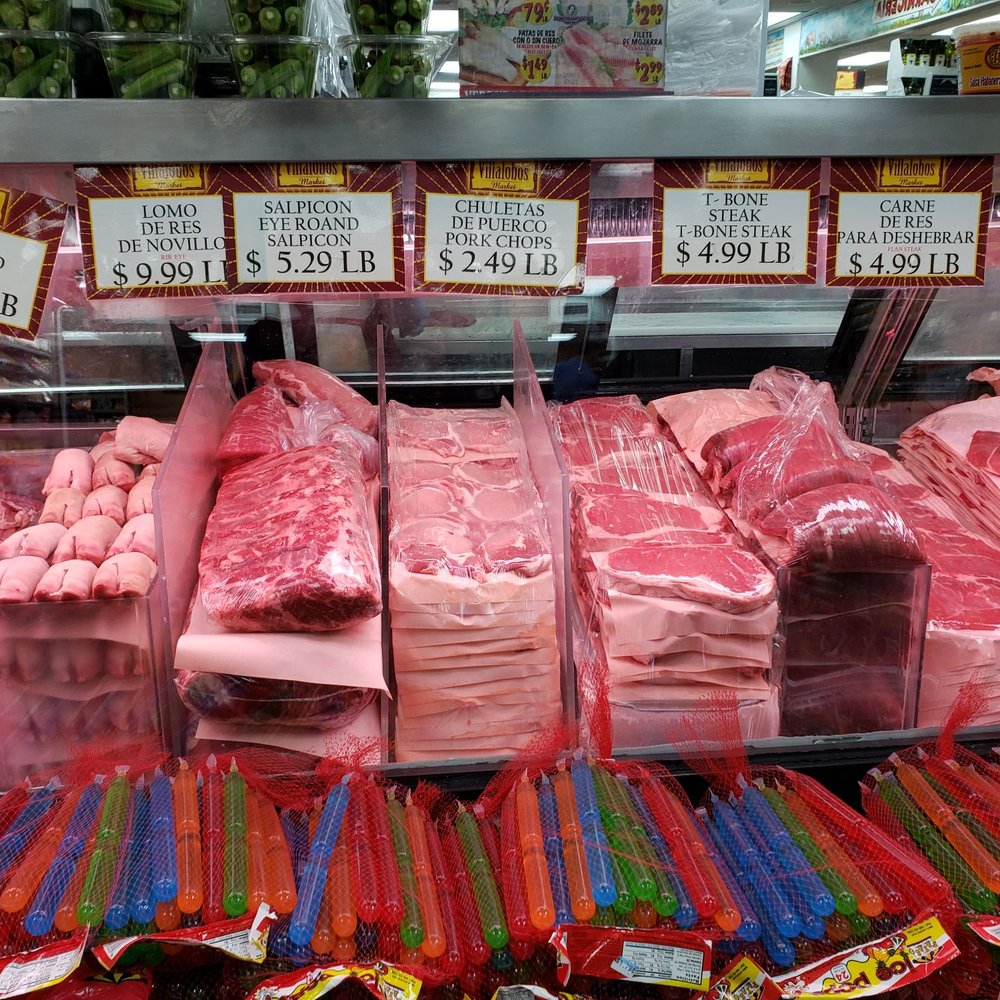Why California Fast Food Prices Are Rising: What You Should Know
California fast food prices have been going up, and many people are wondering why. Since a new minimum wage law took effect in April 2024, fast food chains in California have raised prices to cover these higher wages. This increase is making a noticeable difference in menu costs across popular places like Wendy’s, Chipotle, Taco Bell, and Starbucks.
With the $20 per hour minimum wage for fast food workers, restaurants are adjusting to keep up. While the goal is to help workers with the rising cost of living, some restaurants have passed on the extra cost to customers. Let’s look at how these price changes are affecting fast food options in California and what this means for everyday diners.
How Much Have California Fast Food Prices Increased?
California fast food prices have gone up since the minimum wage law changed in April 2024. Wendy’s, for instance, raised its prices by about 8%, while Chipotle followed closely with a 7.5% increase. Customers are seeing these changes on items like burritos, sandwiches, and meal combos.
Chipotle raised prices on its Chicken and Steak Burritos, making a small burrito cost more than before. At the same time, Starbucks also adjusted its pricing, adding around 7% to some popular drinks. This rise in prices affects customers who visit these fast food spots often.
For families and individuals who enjoy fast food regularly, these increases add up over time. People are now having to make choices about where to dine based on these new costs, and some may even reduce the number of visits to their favorite spots. The goal is to help workers, but there’s no doubt customers are feeling the effects.
Which Restaurants Are Raising Prices the Most?
Certain fast food chains in California are raising prices more than others. Wendy’s, Chipotle, and Starbucks are leading the pack with some of the highest increases. Meanwhile, Burger King and Taco Bell have made smaller adjustments, with Burger King raising prices by just 2%.
Each chain has its reasons for setting prices differently. For example, Wendy’s and Chipotle have large menus with many options, so they might need more adjustments to cover the new wage requirements. On the other hand, Burger King kept its increase lower, raising the price of only a few items, like its popular Whopper meal.
Other fast food chains, such as McDonald’s, have not yet raised their prices in response to the law. While customers may appreciate that, McDonald’s executives warned that increases might still happen in the future. This difference in price changes shows how each brand is handling the new law in its way.
The Role of California’s $20 Minimum Wage Law in Fast Food Pricing
California’s new minimum wage law aims to help workers afford the state’s high living costs. Many fast food employees are now earning $20 an hour, a significant jump from the previous rate of $16. For workers, this increase offers better financial security, especially for those supporting families.
For fast food chains, however, the higher wage adds to their expenses. With labor being one of the biggest costs in running a restaurant, many chains decided to raise menu prices to keep up with the wage changes. This means customers end up covering some of these costs through higher food prices.
This new wage law affects fast food restaurants with more than 60 locations across the U.S., but smaller restaurants are exempt. These smaller places might keep their prices more stable, providing customers with some more affordable options. By exempting smaller chains, California aims to give customers and business owners more options in the market.
What Menu Items Are Seeing the Biggest Price Hikes?
Not all menu items have gone up by the same amount. Chipotle, for example, raised the price of its Chicken Burrito by 8.3%, while the Steak Burrito went up by 7%. This shows how specific items may be affected more than others, depending on their ingredients or popularity.
Popular combos like Burger King’s Whopper meal saw smaller increases, around 1.4%, making it one of the less affected options. However, customers might notice larger jumps on premium items or meals that require more preparation. By increasing prices on specific items, these fast food chains can balance their menu and control costs.
This selective pricing approach can make a difference for customers choosing between items. It encourages them to pick lower-cost options, while still giving them access to their favorite meals, even if at a slightly higher price.
Why Some Restaurants Like McDonald’s Haven’t Raised Prices Yet
McDonald’s is one major chain that has held off on increasing prices, despite the new wage law. While other chains like Wendy’s and Chipotle adjusted their prices right away, McDonald’s chose to wait. This decision could be a strategy to attract customers who are sensitive to price hikes.
Even though McDonald’s executives hinted that prices might go up eventually, holding off gives them a competitive edge for now. Customers who want to avoid higher costs may prefer McDonald’s over other chains, at least until all prices become similar across fast food brands.
This price freeze doesn’t mean McDonald’s won’t increase prices in the future. The chain is watching how the market reacts, and if other chains succeed in keeping customers, McDonald’s might follow suit. For now, it remains a more affordable option in the changing fast food landscape.
Are All Fast Food Restaurants Affected by California’s Wage Law?
No, not all fast food places have to follow California’s new wage law. Restaurants with fewer than 60 locations across the country are exempt. This means smaller chains or independently-owned spots can keep their wages and prices at their own levels, giving them a unique advantage.
These exempt places might attract customers who want to avoid the price hikes seen at larger chains. By keeping prices steady, smaller restaurants can cater to budget-conscious diners. However, these smaller restaurants may not have the same menu range or convenience as bigger chains like McDonald’s or Starbucks.
For customers, this law offers a choice: they can pay more at larger chains or support smaller, local spots for more affordable fast food options. This balance in the market gives people different options based on their budget and dining preferences.
California’s Fast Food Minimum Wage Law: Who It Impacts and Why
California’s minimum wage law mainly impacts large chains and their employees. The law was designed to address the high cost of living, ensuring that workers in major fast food chains can afford basic needs. For families relying on fast food wages, this law represents a significant step forward.
This wage increase also acknowledges that many fast food workers are not teenagers but adults with responsibilities. By raising wages, California aims to provide more stability to these workers. However, the increased pay comes with changes in restaurant operations, including potential price adjustments and job cuts.
Restaurants with higher prices may not see the same foot traffic, leading some to cut jobs or reduce employee hours. Balancing the need for fair wages with affordable prices is a challenge California continues to face as this law unfolds.
How Price Hikes in Fast Food Are Affecting California Families
Price hikes in California fast food restaurants are impacting many families. Higher costs on popular items mean families may have to think twice about eating out. Some parents may start to choose more affordable options or make meals at home instead of eating fast food.
These price increases also affect those who rely on fast food for convenience. For single parents or busy families, fast food is often a quick solution for dinner, but now it might be less affordable. Adjusting to these new prices requires people to plan their meals more carefully.
As families adapt, they may begin to look for deals or discounts offered by fast food places. Many chains still offer value menus or seasonal promotions that can help balance out these higher costs. With some research, families can still enjoy their favorite meals without overspending.
Conclusion
California fast food prices have gone up, and it’s affecting how people eat out. These changes are mostly because of the new $20 minimum wage for fast food workers, which helps workers but also raises costs for customers. For families who love fast food, these higher prices mean they might visit less or choose different items on the menu.
However, there are still ways to enjoy fast food without spending too much. Checking for deals, using rewards programs, or choosing smaller meals can make a difference. California’s new law is aimed at helping workers, but it also means everyone has to adjust a little when it comes to enjoying their favorite meals.
FAQs
Q: Why did California fast food prices go up?
A: California fast food prices rose due to the new $20 minimum wage law for fast food workers, which helps employees but also increases menu costs.
Q: Which fast food chains increased prices the most?
A: Wendy’s increased prices by about 8%, and Chipotle raised them by 7.5%. Other chains, like Taco Bell and Burger King, had smaller increases.
Q: Are all fast food restaurants affected by California’s new minimum wage law?
A: No, only larger fast food chains with 60 or more locations nationwide must follow the $20 minimum wage rule. Smaller chains and some specialty shops are exempt.
Q: How much has the price of popular items like burritos or burgers increased?
A: Chipotle’s Chicken Burrito went up by 8.3%, and Burger King’s Whopper Meal rose by around 1.4%, among other item increases.
Q: Is it possible to still find affordable fast food in California?
A: Yes, many fast food restaurants offer deals, rewards, and smaller portions, which can help keep costs lower for customers.






Post Comment